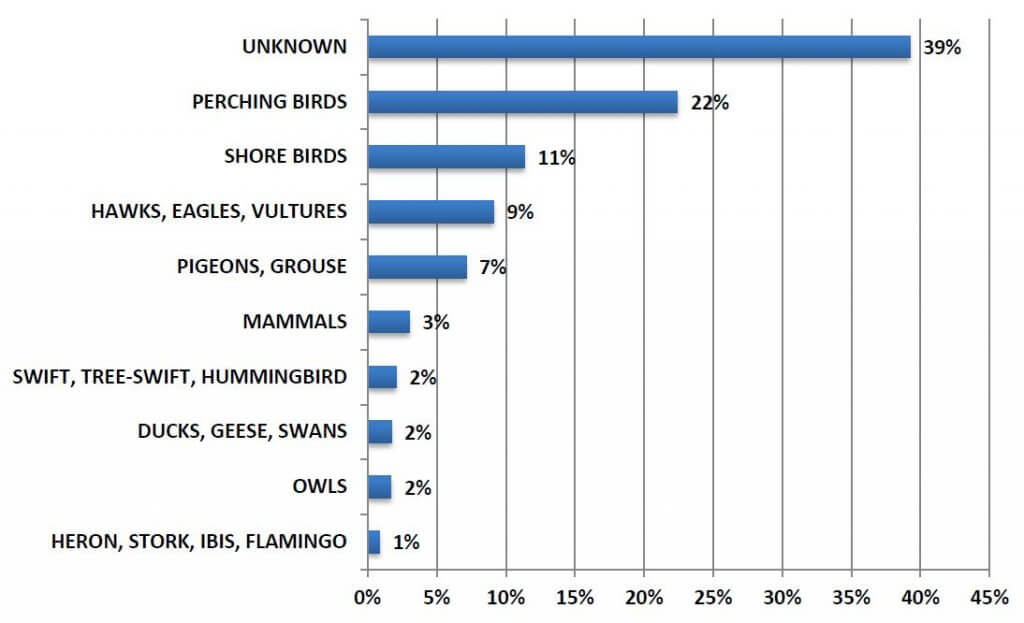Wildlife Impact in Aviation
When it comes to environmental impact in the aviation industry, there is no question that several hazards exist. A danger that is rarely discussed but is very apparent and impactful is wildlife. Wildlife strikes are physical incursions aircraft embrace in the air by birds (FAA 2021).
According to the FAA, about 49 bird strikes occur to aircraft per day, or about 18,000 annually (FAA, 2018). This is a very high, alarming number that draws attention from the FAA and the National Wildlife Strike organization.

Bird strikes impact all aircraft, large and small. Small, propeller-driven airplanes suffer from the highest likelihood of these hazardous effects: damage to flight control surfaces, penetration of flight deck windshield, and structural damage. Larger jet-engine aircraft suffer severely from engine ingestion of the birds and damage to the pitot system. This can result in engine stall or failure and could be catastrophic especially to smaller, one-engine aircraft.

There are so many variables that go into bird strike studies and how to prevent, mitigate and predict bird strikes from occurring. Open areas of grass and water attract birds, providing water and food for them to habitually live in. Agricultural activities near airports and runways attract flocks of birds as well as coastal airport regions.

Since all these endangerments of bird infested areas/highly populated places are natural, necessary parts of our ecosystem and environment, it is difficult to mitigate, nonetheless, completely halt bird strikes from happening. Plans currently in place include trying to rid some of the wildlife habitats (like trees) and draining places that incur standing water where birds migrate to. The team responsible for mitigating these are limited to the land they have authority over. Since bird strikes can happen thousands of feet away from the airport and at any altitude, they are restricted to what they can do. However, an improvement that can be made is each airport gaining contact with local authorities and the proper agencies to try scare tactics to manually migrate the birds to different areas. This is done by shooting non-lethal, safe shotgun-like bursts in the air near birds’ habitats to force them to move and migrate. While it sounds like a cruel thing, it is safe and saves aircrafts, money, and most importantly, lives.
References
Airport Lifestyle. (2018, June 6). Bird strikes: How common are they? Airport Lifestyle. Retrieved October 21, 2021, from http://airportlifestyle.com/bird-strikes/.
ECFR :: 14 CFR part 139 -- certification of airports. eCFR. (n.d.). Retrieved October 22, 2021, from https://www.ecfr.gov/current/title-14/chapter-I/subchapter-G/part-139.
FAA Wildlife Strike Database. (2021, September 7). Retrieved October 21, 2021, from https://wildlife.faa.gov/home.
Comments
Post a Comment